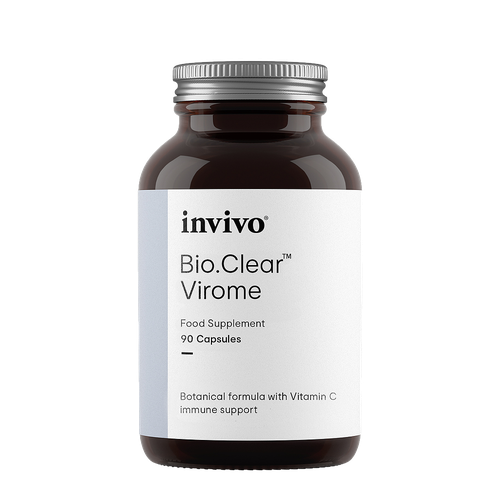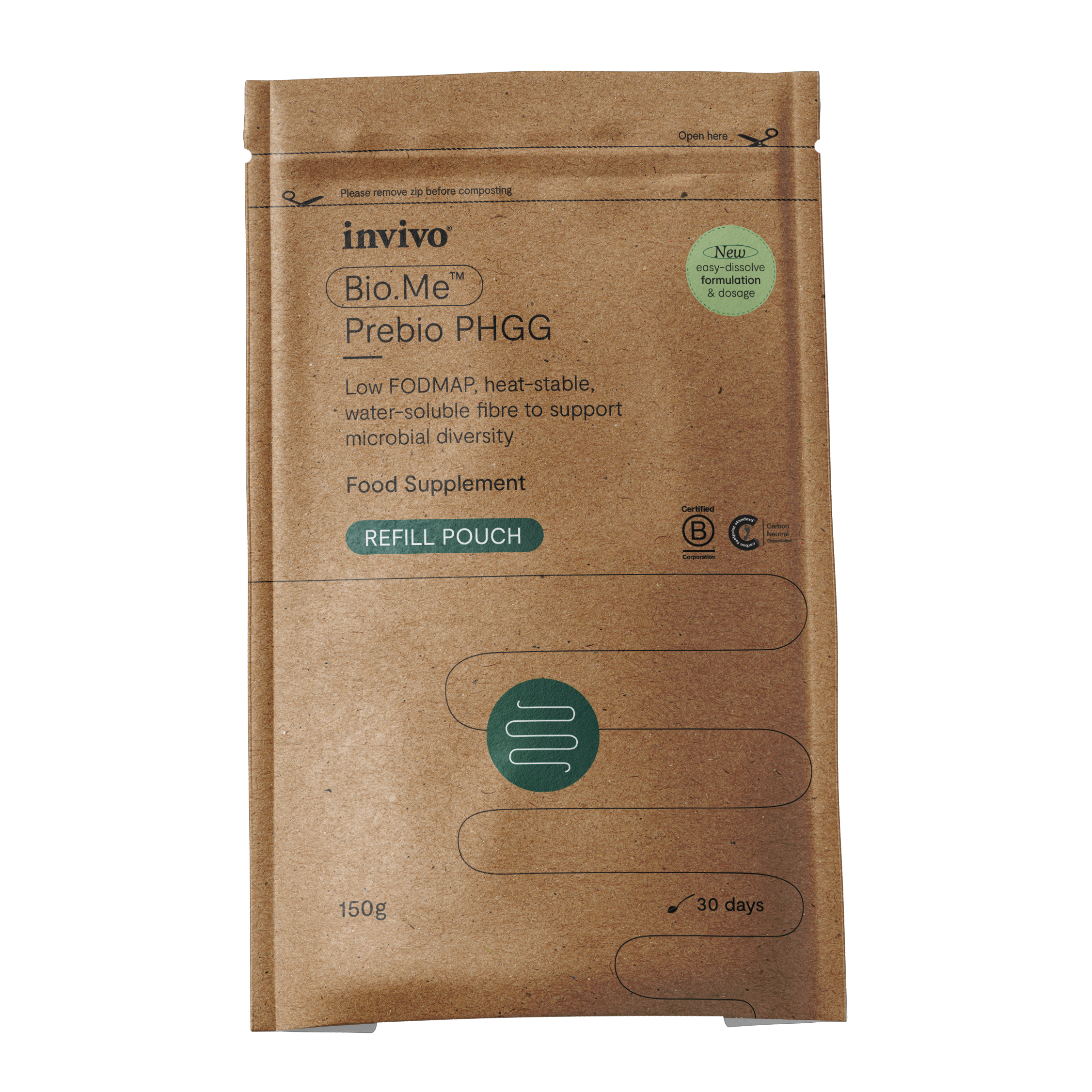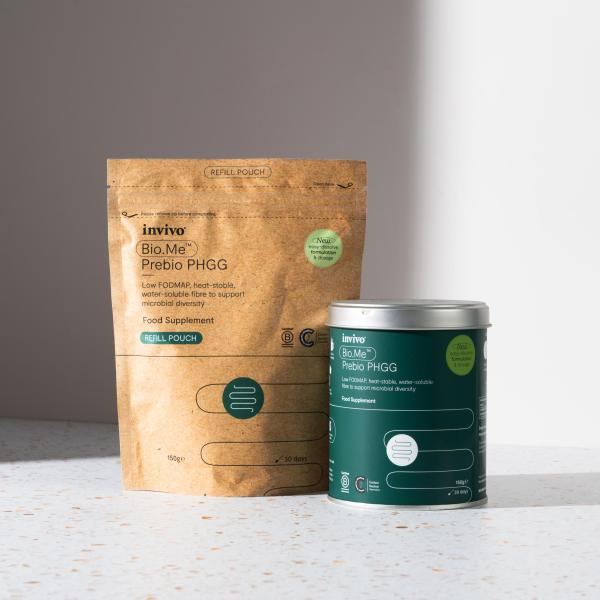Introduction
Pre-term birth (PB) is defined as delivery taking place before 259 days of gestation. The definition of low birth weight (LBW) includes all neonates weighing less than 2500g at birth (1). PB accounts for between 75% and 80% perinatal mortality and for most neurological and respiratory complications in neonates (2). PB and LBW are considered public health problems.
Periodontitis is an infectious disease affecting the tooth-supporting tissues with a wide range of clinical microbiological and immunological manifestations. Aggregatibacter actinomycetemcomitansand Porphyromonas gingivalis are classic periodontal pathogens. However, the red complex of gram-negative anaerobes comprising three species, Tannerella forsythia, P. gingivalis and Treponema denticola, is now considered the most pathogenic microbial component (3). Periodontitis is triggered by a synergistic dysbiotic microbial community, rather than by individual periodontal pathogens. This model of pathogenesis is called the ‘polymicrobial synergy and dysbiosis model’.
An immune-inflammatory infiltrate forms in the infected periodontal tissues and the gingival connective tissue, comprising plasma cells, macrophages, T and B lymphocytes, together with elevated pro-inflammatory prostaglandin E2, IL-1B, IL-6, and TNF-a (1).
Studies
Most epidemiological studies conclude that periodontitis is a risk factor for PB, LBW or preeclampsia. While interventional studies fail to show causality, subsequent meta-analysis have concluded that they were marred by methodological errors in defining periodontitis, controlling for confounding factors and verifying intervention effectiveness (4). When only clinical trials free from shortcomings were considered, intervention was associated with a reduced rate of PB (4).
There are two proposed mechanisms of action – the direct pathway and the indirect pathway. The ultimate result of both is an immune-inflammatory response and/or the suppression of local growth factors in the foetal–placental unit (including the myometrium, membranes, amniotic fluid, placenta, circulation and foetal tissues) (1).
Direct Pathway
Transitory bacteraemia leads to transportation to placental tissues, where they trigger an inflammatory process that induces labour. DNA from oral commensal and pathogenic organisms has been identified in the amniotic fluid (5) and placenta (6) in mothers with full-term and PB/LBW neonates. However, placentas from women with periodontitis showed a higher prevalence of periodontal pathogens.
P. gingivalis has been associated with shorter gestations and the need for caesarean delivery (7). Interestingly, with increasing duration of gestation, the proportion of placentas positive for P. gingivalis decreased, suggesting it may be harmful to the placenta.
Taken together, these results indicate that oral bacteria is normally present in the placenta, but their levels are dependent on the mother’s periodontal status, and importantly, the presence of synergistic complexes is dependent on their presence in the oral cavity of the mother.
Indirect Pathway
Inflammatory mediators produced locally in the gingival submucosa reach the placenta or liver in the bloodstream. Here they instigate inflammatory cascades of cytokines or acute-phase proteins, which act on the foetal-placental unit (1).
Indeed, the change from quiescence to contractility in the myometrium is accompanied by a shift from anti-inflammatory to pro-inflammatory signals (8). IL-1B, IL-6, TNF-a, and PGE2 appear to be the main players, and their increased production is closely related with TLR-4 stimulation by lipopolysaccharides (LPS) from gram-negative periodontal bacteria in the oral cavity (9).
Conclusions & Considerations
The data is highly suggestive of the oral microbiome being a key player in pregnancy outcomes. For the health of pregnant mothers and their babies, education must increase on oral hygiene during, but preferably before pregnancy to minimise PB and LBW babies. For healthcare providers working in fertility, the oral microbiome offers a largely unacknowledged, but significant ‘system’ that feeds into the fertility milieu. Periodontal interventions should aim to reduce pathogenic burden before pregnancy, as well as reduce inflammatory mediators in the subgingival and placental environment. I.e. work on both the direct and indirect pathways.




